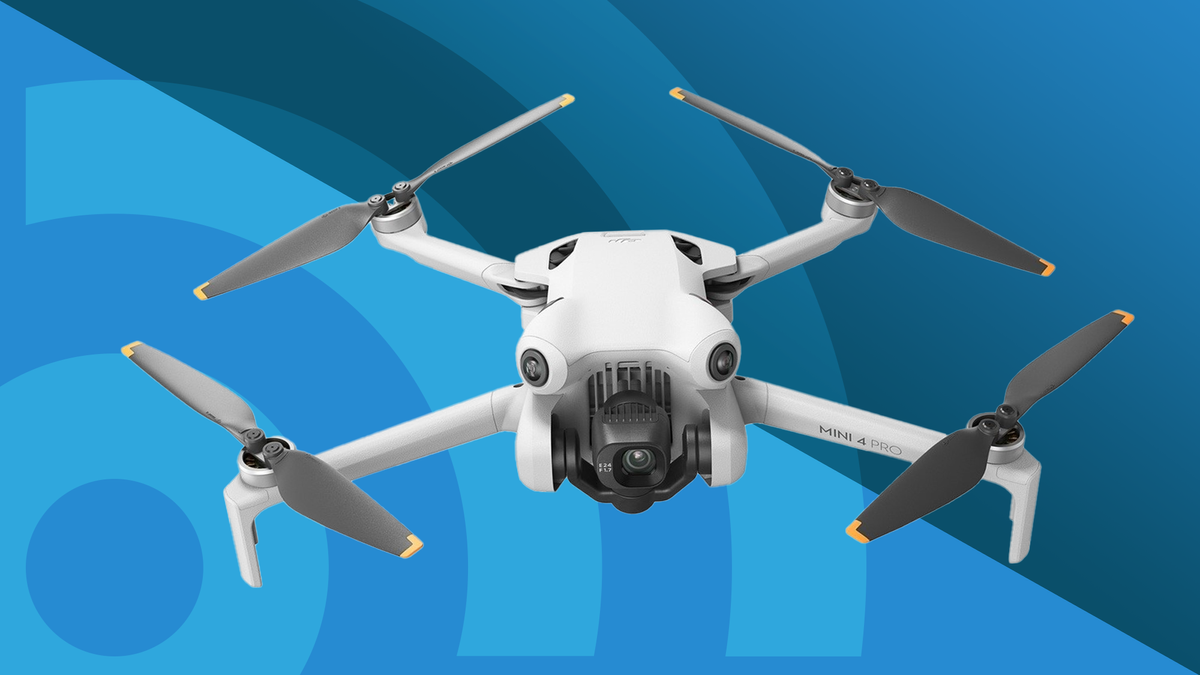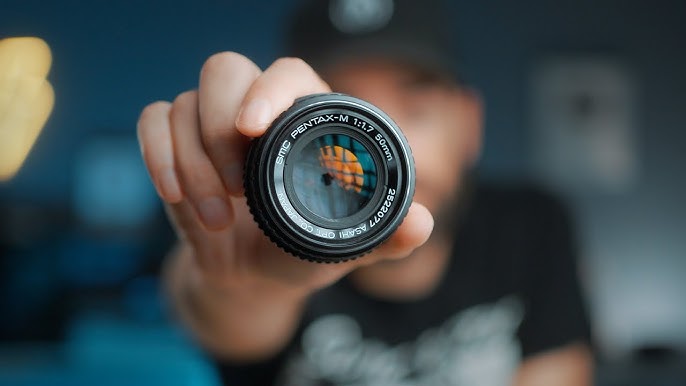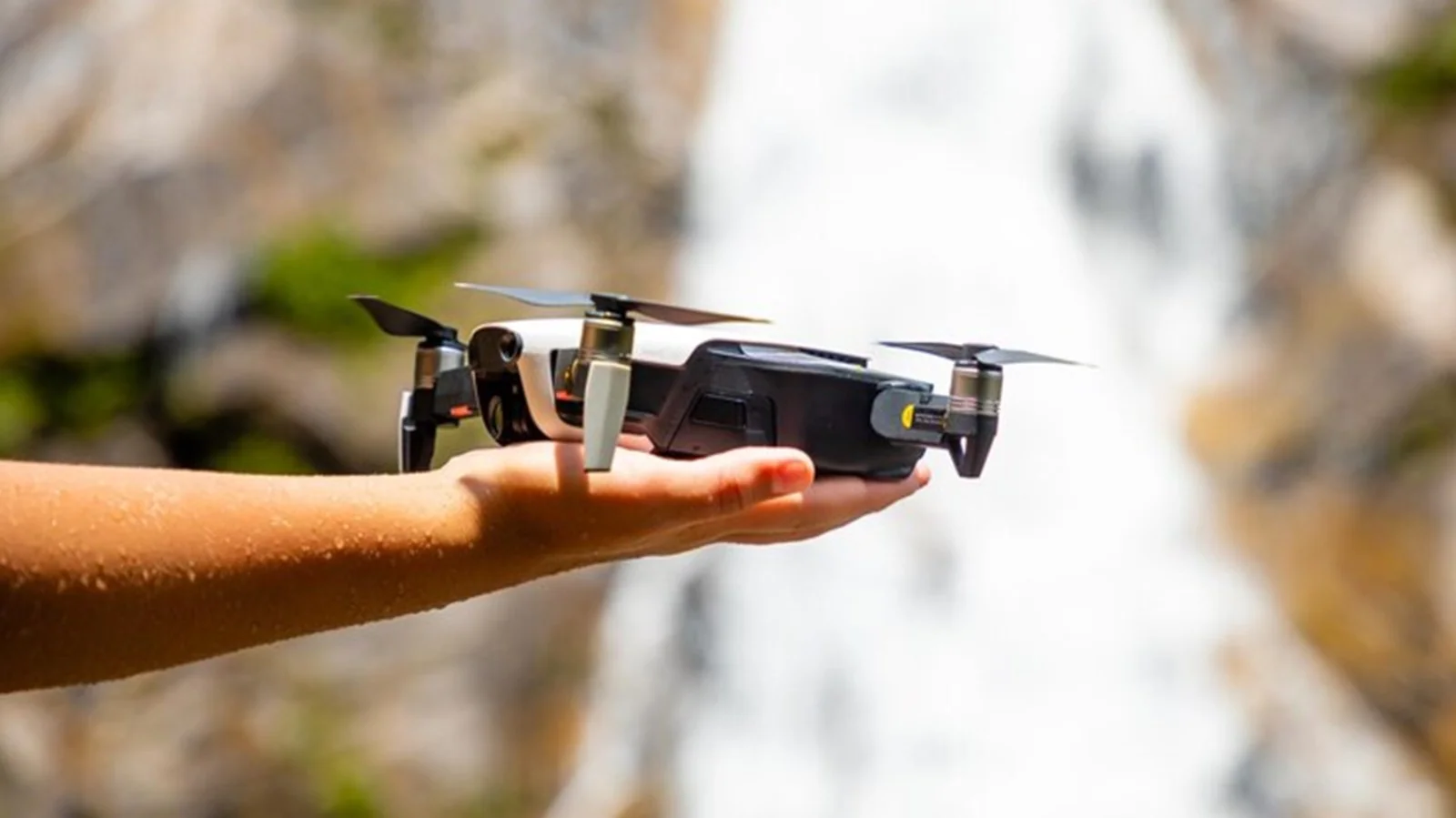1. Regular Cleaning
Why It’s Important: Dust, fingerprints, and smudges on your drone camera lens can severely affect image quality, causing blurriness and distortion.
How to Clean:
- Lens Brush: Use a soft, clean lens brush to gently remove loose dust and particles.
- Microfiber Cloth: After brushing, use a dry microfiber cloth to wipe the lens in a circular motion, starting from the center and working outward.
- Lens Cleaning Solution: For stubborn spots, apply a few drops of lens cleaning solution to a microfiber cloth (never directly on the lens) and gently clean the lens surface.
Avoid: Paper towels, rough cloths, or abrasive cleaners, as these can scratch the lens surface.
2. Inspect for Damage
Why It’s Important: Regular inspections help identify any potential damage such as scratches, cracks, or loose elements before they affect performance.
How to Inspect:
- Visual Check: Examine the lens under a bright light for any visible damage or debris.
- Function Test: Fly the drone and check for any distortions or anomalies in the footage. If you notice any issues, it might indicate a problem with the lens.
3. Protect the Lens
Why It’s Important: Protection reduces the risk of accidental damage and extends the lifespan of your lens.
How to Protect:
- Lens Cap: Always use the lens cap when the drone is not in use. This shields the lens from dust, scratches, and accidental impacts.
- UV Filter: Consider using a UV filter as a protective layer on the lens. It helps guard against scratches and can also enhance image clarity.
4. Storage Tips
Why It’s Important: Proper storage prevents dust buildup and protects the lens from environmental factors that could cause damage.
How to Store:
- Dry Environment: Store your drone in a cool, dry place to prevent moisture accumulation, which can lead to mold growth on the lens.
- Protective Case: Use a padded, hard-shell case for your drone and accessories to shield them from physical damage and environmental conditions.
5. Handling with Care
Why It’s Important: Gentle handling reduces the risk of physical damage and misalignment of the lens.
How to Handle:
- Avoid Touching the Lens: When handling your drone, avoid touching the lens directly to prevent the transfer of oils and dirt.
- Proper Handling: Always hold the drone by its body and avoid applying excessive pressure to the lens area.
6. Professional Servicing
Why It’s Important: Sometimes, lens issues may require professional attention to ensure they are properly repaired or adjusted.
When to Seek Help:
- Persistent Issues: If you experience ongoing problems with image quality despite regular maintenance, consult a professional.
- Damage Repair: For significant damage or lens replacements, professional servicing ensures that repairs are done correctly.
Conclusion
Maintaining your drone camera lens is essential for capturing high-quality aerial imagery and prolonging the life of your equipment. By incorporating regular cleaning, proper storage, careful handling, and professional servicing into your drone maintenance routine, you can ensure that your camera lens remains in peak condition.
With these tips, you’ll be able to focus on capturing stunning visuals without worrying about lens-related issues.
Happy flying and shooting!









Leave a Reply